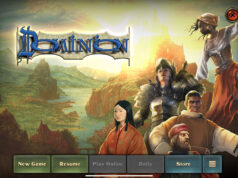
 Board Gaming on iOS has come a long way since the iPad was first introduced to us. As this tablet device increased in popularity, developers began to realize that this could be the perfect medium for the gamer on the go.
Board Gaming on iOS has come a long way since the iPad was first introduced to us. As this tablet device increased in popularity, developers began to realize that this could be the perfect medium for the gamer on the go.
Today, we are going to be looking at Le Havre: The Inland Port for iPad and iPhone. Originally designed by Uwe Rosenberg (Agricola), Le Havre: The Inland Port has the kind of designer pedigree that makes eurogame fans drool. This digital version was developed by DIGIDICED, their first foray into iOS board gaming.
The tabletop version of Le Havre: The Inland Port was always well received, but not one that gets a lot of attention. So let’s dive in and see how this translation worked out.
Game Overview:
Le Havre: The Inland Port is a eurogame through and through. What’s that mean? Expect to spend a lot of time acquiring and managing resources, with the goal of victory points rather than direct conflict.
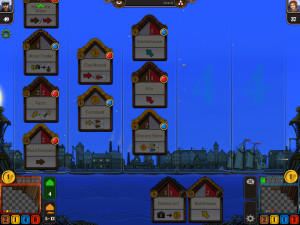
For the game itself, 2 players (Le Havre: The Inland Port is a two player only game) are competing to become the richest harbormaster in the French city of Le Havre. So how do they do that? By acquiring the games four different resources and using those to purchase buildings, which will earn them both money at the end of the game and also provide special abilities for either player to use during the game.
Each round, new buildings will become available to purchase by spending a combination of resources and/or Francs. On a players turn, they can either buy one of these buildings, or use the power of a constructed building (if it’s an opponent’s building, you must pay them a Franc for the privilege). Most buildings will give the players resources to store in their warehouse, with building that haven’t been used in a few rounds providing a more lucrative amount of resources. After a building is used, it will reset back to its default production value.
After 12 rounds of building and resource management, the player with the most wealth is the winner.
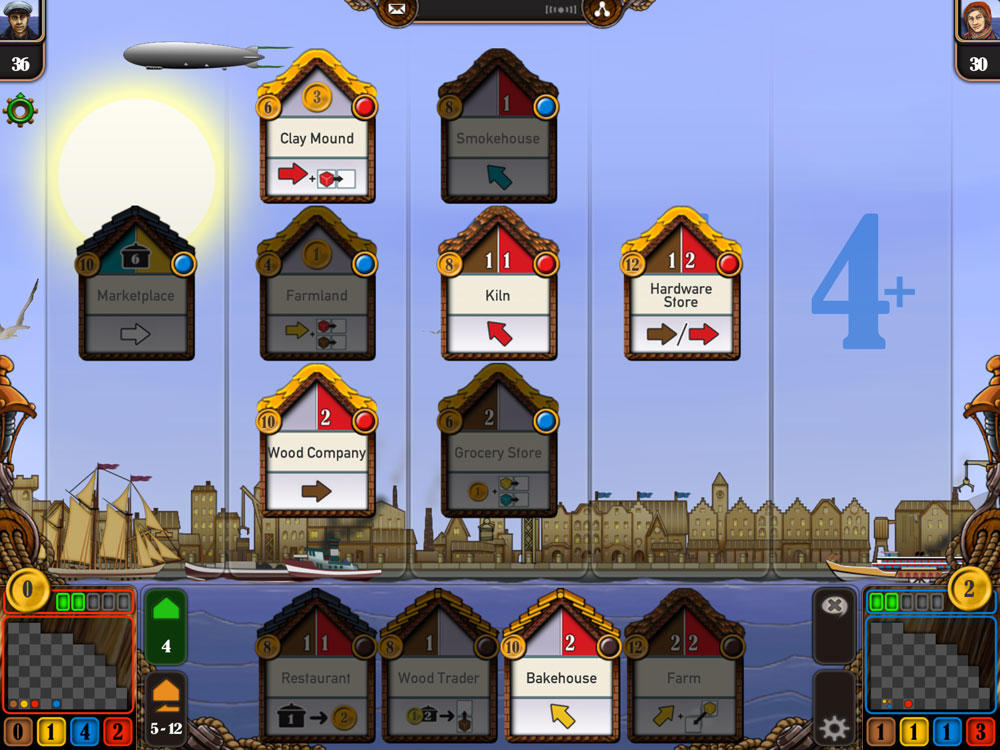
Game Interface:
For a first time developer, DIGIDICED did a great job with the look and feel of the interface in Le Havre: The Inland Port. On the visual side of things, the artwork looks great, the animations are smooth and the game even includes some nice touches, like birds flying in the background or ships sailing by.
The game itself is split into two different screens. The main screen houses all the buildings that have been purchased (and by who) in different columns. Each round, buildings move from left to right, increasing the effect of their ability. Once used, they reset back to the first column.
Below that is the market, where buildings available to be purchased are stored. In each of the bottom corners of the screen, you’ll find a view and listing of each player’s resource stockpiles. In the upper corners, you can tap to see each player’s current score.
The other main screen is your warehouse. Tapping the box in the bottom of the screen will pan the view over and allow you to see your goods. A large stack of squares forming the resource chart dominates this screen. Each time you gain a resource, the appropriate marker is moved to the right or up. When you spend them, it moves to the left or down. Players must be careful to manage their resources properly, as when a marker gets to the end of the row; it doesn’t continue to gain you resources until you find a way to move it to a higher row.
Overall, I was happy with the interface in Le Havre: The Inland Port. It was colorful, easy to use, and I really enjoyed the nice touches in the background and the animations.
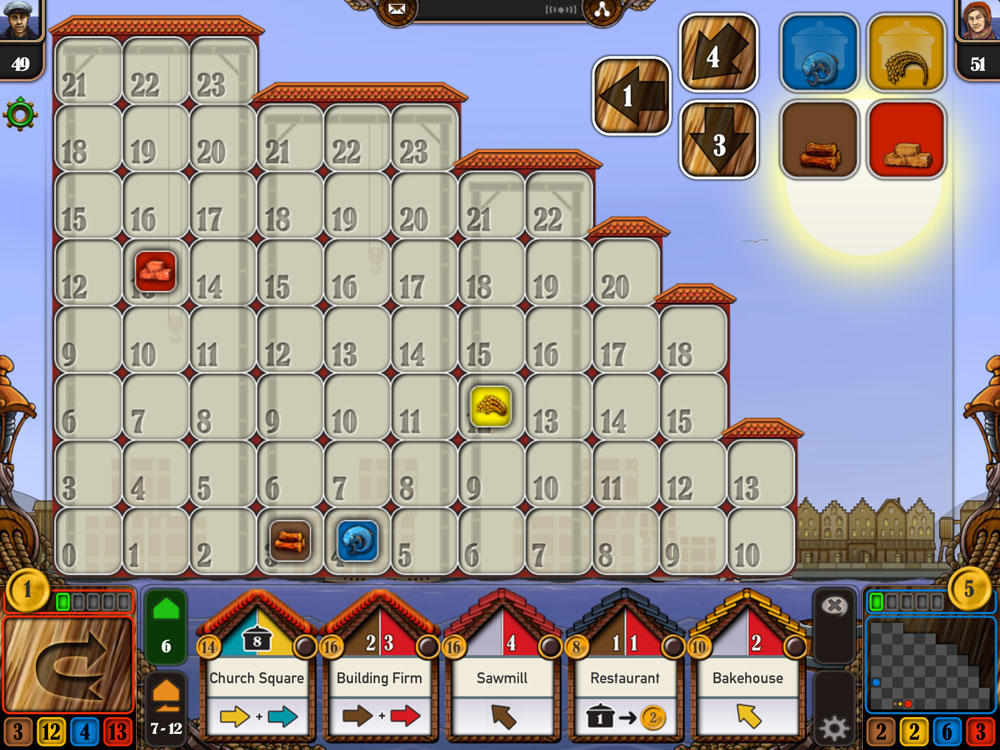
Game Experience:
So how does Le Havre: The Inland Port play? I have only played its cardboard predecessor once and, to be honest, I was a little underwhelmed. That’s not to say that Le Havre: The Inland Port is a bad game, it was just a bit dry for my tastes. Now that was many years ago, so I was interested to see if either my tastes had changed or if removing some of the manual bookkeeping helped improve the game play.
To answer the first question, I still found Le Havre: The Inland Port to be a bit mediocre as far as its gameplay is concerned. While I’m sure there are many people that do enjoy Le Havre: The Inland Port, I think it’s clearly not Uwe Rosenberg’s best work. At times, it felt more like doing a math problem than playing a game. The majority of the game is spent figuring out how to maximize the movement of markets on the grid of your warehouse. Some people might find that interesting, but I really didn’t.
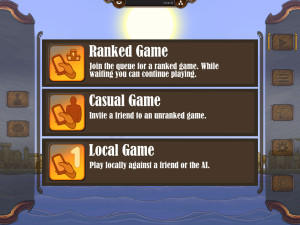
The player interaction is also fairly minimal in the game. Other than using one of your opponent’s buildings, or buying the one they had their eye on, don’t expect to be interacting much with your fellow virtual player.
Moving on to the app itself, you can play either online or solo versus the AI. The AI has four different difficulty levels, but I found most to be fairly easy to beat, with some being laughably easy. To really get a challenge, expect to play on the highest difficulty setting.
For online play, you can play via local pass and play or via friends through Game Center. The game also offers a ranked match vs a random opponent, but I was never able to get a match started, so I couldn’t test this out. I waited for a half an hour to be matched up with another player before finally giving up.
Now to answer my second question at the start, does playing this in app form offer an improvement over the tabletop version? That I can say yes to. I definitely enjoyed my plays of this iOS version vs when I played the tabletop. Not having to constantly slide around the little building tiles was nice, and having explanations of what each building does at my fingertips was even more helpful.
Speaking of explanations, the game does offer a great guided tutorial to help teach new players how to play the game. So expect to be able to jump right in without having to read a rule book.
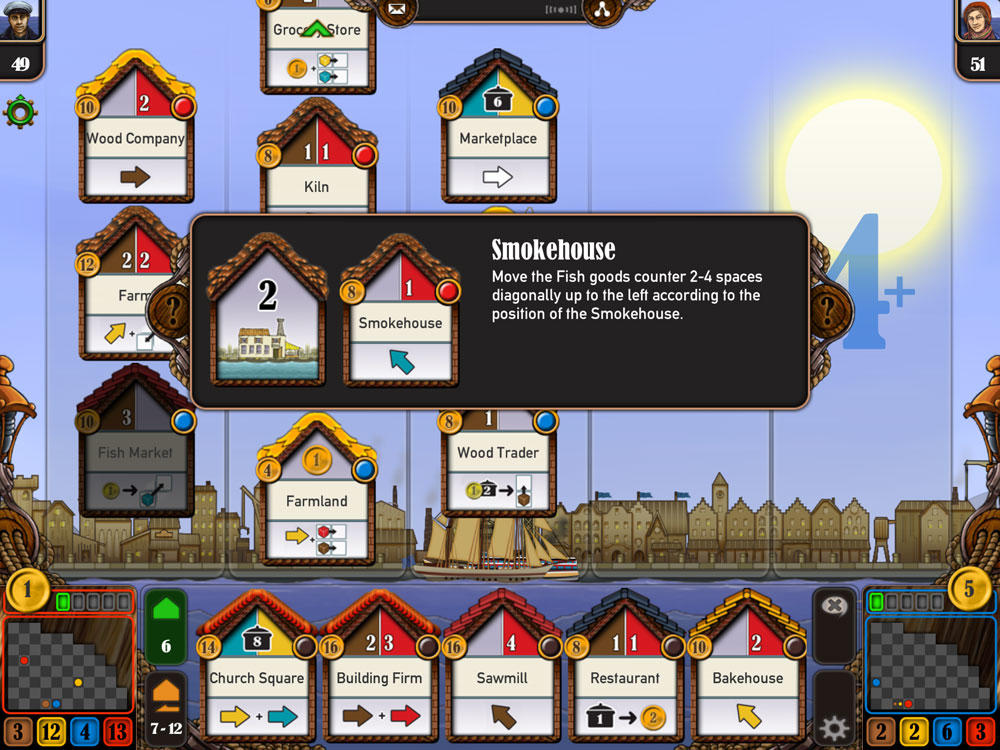
Final Thoughts:
Le Havre: The Inland Port for iOS was a great port of an otherwise unremarkable game. First time developer DIGIDICE did a good job with the app, including both pleasant looking visuals and also a guided tutorial (something many apps lack for some reason).
While the app offers both solo and online multiplayer, don’t expect to be playing this two player game with random strangers. Matchmaking just didn’t seem to be happening in ranked matches (and I didn’t have another friend with the app to test the Game Center matches).
If you are already a fan of Le Havre: The Inland Port, or Uwe Rosenberg’s games in general, then this is clearly made for you. You can pick it up knowing that it’s a solid port of a game that you already enjoy (or most likely will enjoy).
For fans of eurogames, you may enjoy Le Havre: The Inland Port, depending on your tastes. It’s definitely very much a eurogame, however it’s a bit dry for my tastes. But it might appeal to you if games from Uwe Rosenberg or Stefan Feld are a staple of your game library.
On the plus side, if you’ve ever been curious about Le Havre: The Inland Port, the app does offer a good opportunity for you to test drive the game without having to shell out $30 bucks for the tabletop version.
If you’d like to get yourself a copy of Le Havre: The Inland Port iOS, you can download it for $5.
Final Score: 3 Stars – A good port of an unremarkable euro game that should appeal to fans of the game, but won’t do much to draw in new gamers.
 Hits:
Hits:
• Good graphics and smooth animation
• Excellent guided tutorial
• Faithful reproduction of the tabletop game.
Misses:
• Online play seems to be nonexistent
• The source material really isn’t that great of a game.









